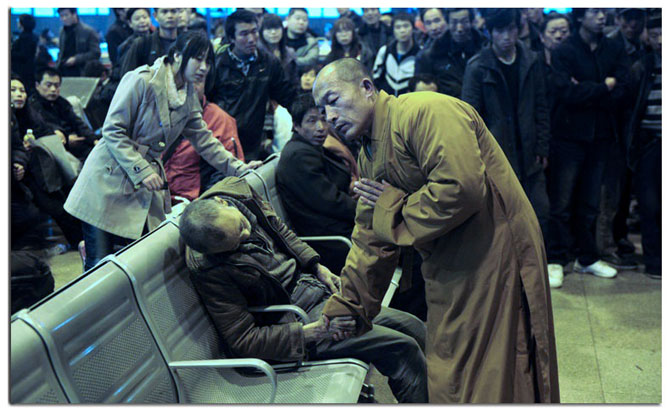NATRE: Guidance on RE matters
A Review of Religious Education in England & Framework Religious Education Council of England and WalesThe RE Review, an initiative of the Religious Education Council of England and Wales, takes account of wider educational aims, including the aims of the new national curriculum. In particular, it embodies respect for the law and the principles of freedom, responsibility and fairness. It demonstrates a commitment to raising expectations and standards of the RE received by all children and young people.
View document
Academies and RE NATRE
Statement from the DfE about the legal requirement for RE in Academies.
View document
Complaints protocal for maintained schools NATRE
Complaints protocol for maintained schools - 2013.
View document
Exam Reform 2013 NATRE
A presentation outlining exam reform 2013.
View document
Glossary of terms QCDA
A glossary of key terms in Buddhism, Christianity, Hinduism, Islam, Judaism and Sikhism.
View document
Improving RE through collaboration and outreach Fiona Moss
Improving RE through collaboration and outreach A FREE training conference for specialist leaders in education, lead and leading practitioners and advanced skills teachers in RE This one-day conference will support the development of the senior or middle leader involved in working with individuals or teams in their own and other schools. Using the RE Quality mark as a benchmark for RE professional development and school improvement, delegates will be prepared for REQM assessor accreditation. There will be a focus on the sharing of good practice, group discussion and practical activities.
View document
Ofsted generic grade descriptors - RE Ofsted
Generic grade descriptors and supplementary subject-specific guidance for inspectors on making judgements during visits to schools
View document
Ofsted Grade Descriptors Ofsted
Generic grade descriptors and supplementary subject-specific guidance for inspectors on making judgements during visits to schools. Useful for all RE subject leaders.
View document
Ofsted report 2013 - Religious education: realising the potential Ofsted
Ofsted's 2013 'long report' on RE.
View document
RE & Collective Worship in Academies and Free Schools DfE
A Q&A response from the DfE outlining the position with regard to RE and Collective Worship in Academies and Free Schools.
View document
Religious education guidance in English schools 2010 DCSF
Non-statutory guidance for RE in English schools, published January 2010. This guidance replaces Circular 1/94 with regard to guidance on RE. Pages 26 - 30 are of particular relevance to schools.
View document
Schools White Paper 2010 DfE
The Importance of Teaching - the Schools White Paper 2010, published 24 November.
View document
SMSC - Guidance for Ofsted Inspectors 2012 Ofsted
Subsidiary Guidance issued to Ofsted Inspectors for Section 5 inspections of schools and academies. Includes reference to SMSC and the curriculum.
View document
Transforming Religious Education Ofsted report 2010 Ofsted
Ofsted's 2010 report on Religious Education based on research in 30 primary and 30 secondary schools over three years.
View document
Using the 2013 Ofsted report to support RE NATRE
Guidance from NATRE on how to use the 2013 Ofsted Report 'religious education: realising the potential' to support RE.
View document
Voices of faith and belief in schools NATRE
Guidance and a code of conduct.
View document
Warwick University Research: Materials to teach about world religions in schools in England. DCSF
The final report of Warwick University's research project for the DCSF, published January 2010.
View document
